 February 2022
Extremophiles as a blueprint for universal life
February 2022
Extremophiles as a blueprint for universal life
... decay supported liquid water pools in a large number of comets in the solar system for the first several hundred million ...Chandra Wickramasinghe, “... a large fraction of the 100 billion comets in our solar system did indeed have liquid interiors in ...
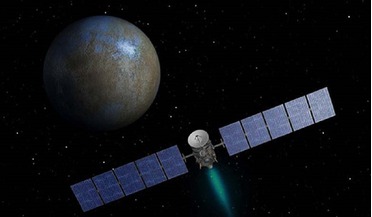 13 March 2015
Ceres breakthrough: NASA's Dawn is first probe to visit a dwarf planet
13 March 2015
Ceres breakthrough: NASA's Dawn is first probe to visit a dwarf planet
... did the water come from? The Rosetta mission didn't find the right water out there on Comet 67 C-G [67P/Churyumov–Gerasimenko]; they found the wrong isotopic ratios. So the water isn't coming from a large...
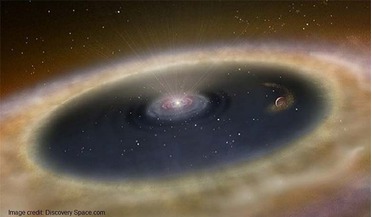 02 December 2015
Displaced dusty planet booted out of its birthplace
02 December 2015
Displaced dusty planet booted out of its birthplace
... in at a hefty 11 times the mass of Jupiter, caught the eye of researchers as surrounding its young host star is a lopsided comet belt. Such a feature is regarded by some astronomers to be an indication that the solar system has endured some violent...
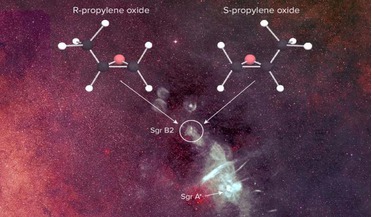 15 June 2016
Scientists discover a chiral molecule outside of our solar system for the first time
15 June 2016
Scientists discover a chiral molecule outside of our solar system for the first time
..., could theoretically have opposite chirality. Nonetheless, chiral molecules have intriguingly been found in meteorites on Earth and comets in our Solar System, prompting the suggestion that radiation in the interstellar medium could have caused the...
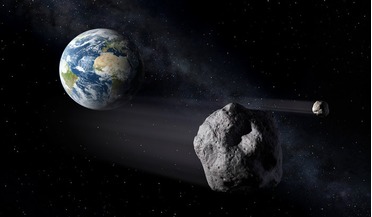 29 June 2018
All things asteroid: Who, What, Where and When
29 June 2018
All things asteroid: Who, What, Where and When
... that its boost is getting smaller the farther away it travels from the Sun, which is typical for comets.” Still, despite its change in status, it is unlikely to be excluded from Asteroid Day celebrations. So what are the powers...
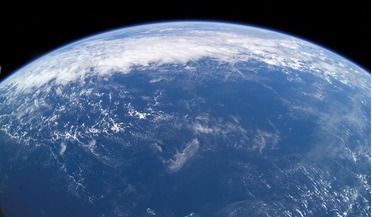 09 November 2018
Leftover gas from the Sun's birth created Earth's water
09 November 2018
Leftover gas from the Sun's birth created Earth's water
...deuterium there is compared with hydrogen. Oceans originating from comets smashing into Earth was recently ruled out as a leading...the wet stuff, after research showed that Kuiper Belt comets can contain three times the amount of heavy water compared ...